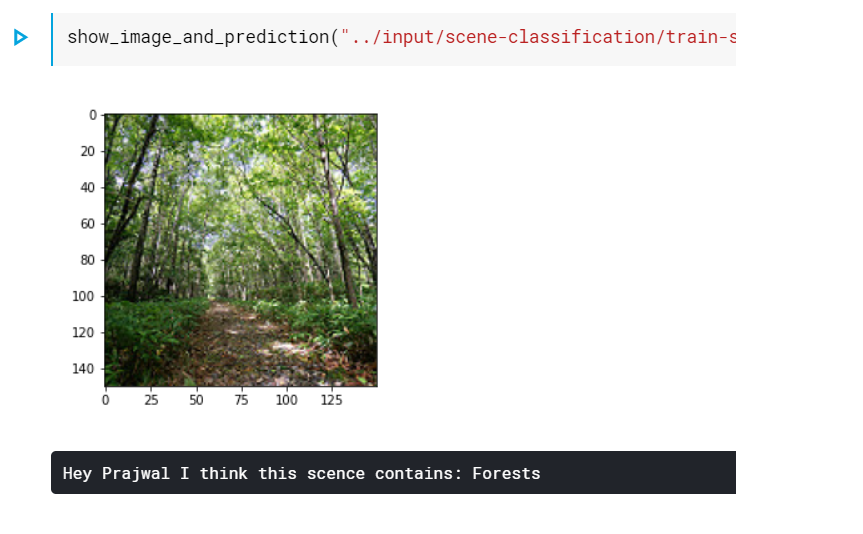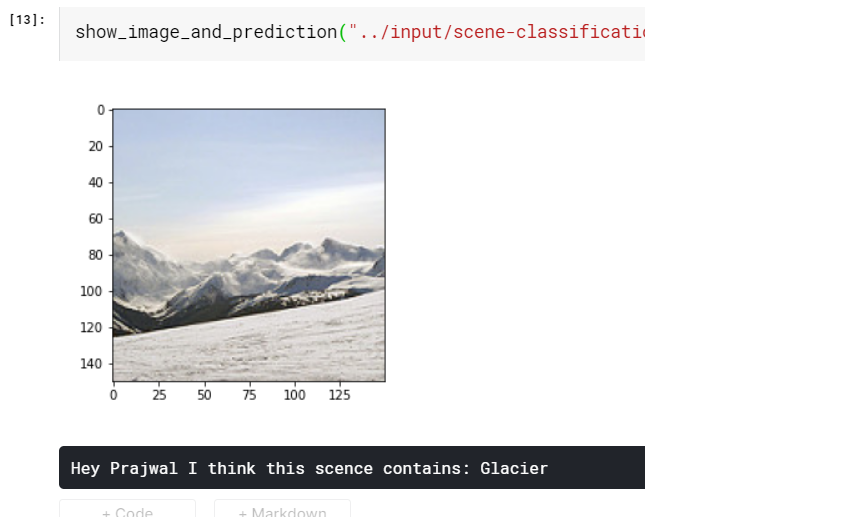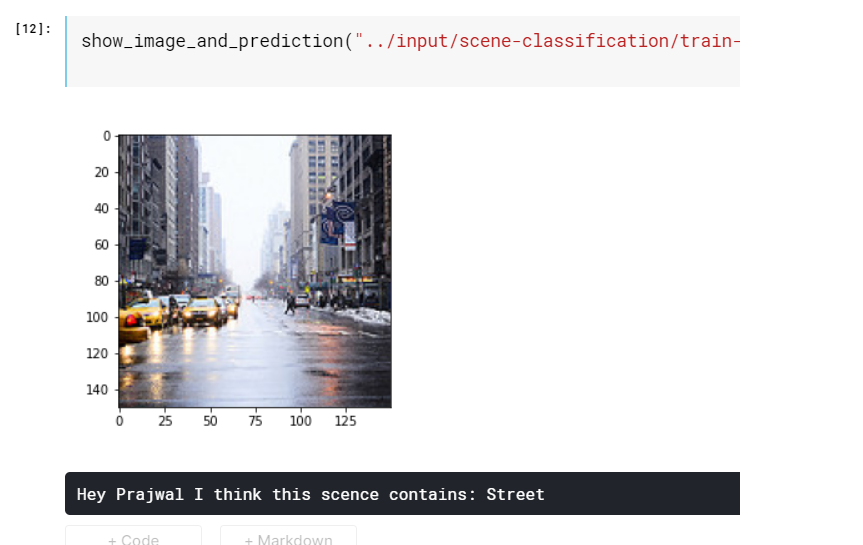A CNN model to predict the scene or location from any given image
AlexNet. The architecture consists of eight layers: five convolutional layers and three fully-connected layers. But this isn’t what makes AlexNet special; these are some of the features used that are new approaches to convolutional neural networks:
ReLU Nonlinearity. AlexNet uses Rectified Linear Units (ReLU) instead of the tanh function, which was standard at the time. ReLU’s advantage is in training time; a CNN using ReLU was able to reach a 25% error on the CIFAR-10 dataset six times faster than a CNN using tanh.
Multiple GPUs. Back in the day, GPUs were still rolling around with 3 gigabytes of memory (nowadays those kinds of memory would be rookie numbers). This was especially bad because the training set had 1.2 million images. AlexNet allows for multi-GPU training by putting half of the model’s neurons on one GPU and the other half on another GPU. Not only does this mean that a bigger model can be trained, but it also cuts down on the training time.
Overlapping Pooling. CNNs traditionally “pool” outputs of neighboring groups of neurons with no overlapping. However, when the authors introduced overlap, they saw a reduction in error by about 0.5% and found that models with overlapping pooling generally find it harder to overfit.
AlexNet is an incredibly powerful model capable of achieving high accuracies on very challenging datasets. However, removing any of the convolutional layers will drastically degrade AlexNet’s performance. AlexNet is a leading architecture for any object-detection task and may have huge applications in the computer vision sector of artificial intelligence problems. In the future, AlexNet may be adopted more than CNNs for image tasks.
The dataset can be downloaded from :
https://www.kaggle.com/nitishabharathi/scene-classification


